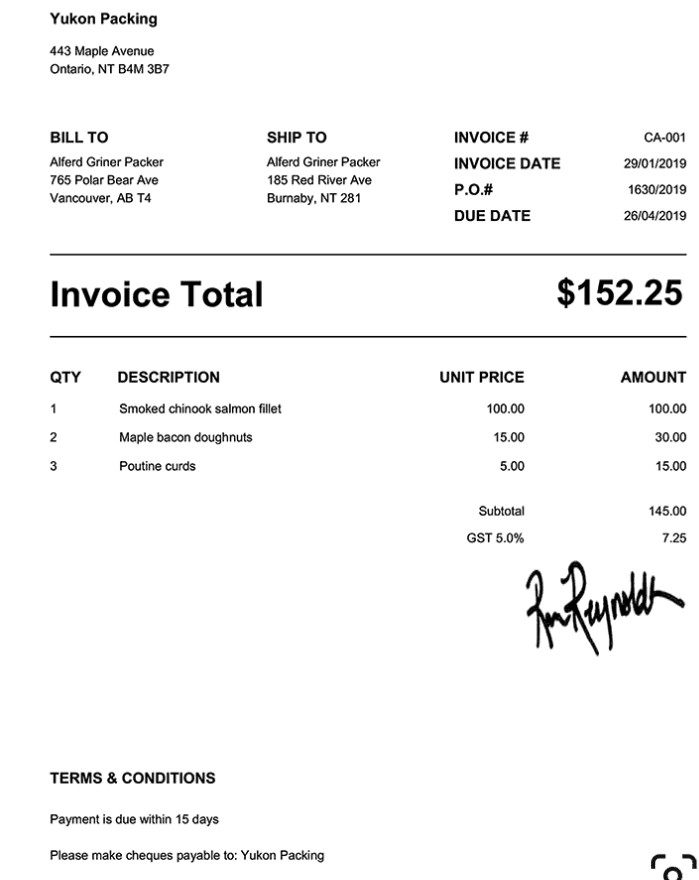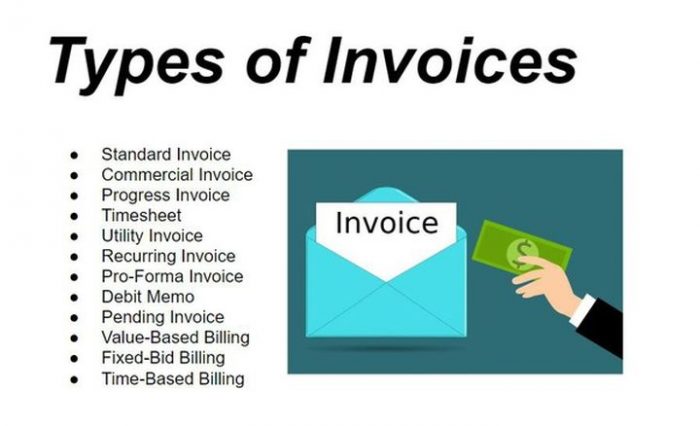
Indirect costs may be either fixed or variable. Indirect costs are not directly accountable to a cost object, such as a particular function or product. They are in contrast to variable costs, which are volume-related, and are paid per quantity produced. They tend to be time-related, such as salary or rent being paid per month. There are nine predefined dynamic allocation bases that users can define by using five filters.ĭirect costs are the costs that can be directly allocated to a cost object, for example, material purchase for a specific product.įixed costs are the costs that are not dependent on the level of goods or services produced by the company. Another example is that the cost of an expensive computer system is allocated to the products of the company that use the system.ĭynamic allocations are dependent on changeable allocation bases, for example, the number of department employees, or the sales revenue of the project within a certain period of time. It is not necessary to allocate the wage cost to other cost centers.
DEFINE INVOICE COST DRIVER
For example, the wage of the truck driver of the sales department is allocated to the sales department cost center. It is also possible to add new cost objects and define their own sorting with subtotals.Ĭost allocation is a process of allocating costs to cost centers or cost objects. Cost objects can be synchronized with dimensions in the general ledger. It is also possible to add new cost centers and define their own sorting with subtotals.Ĭost objects are products, product groups or services of a company, the finished goods of a company, that in the end carry the costs. Cost centers can be synchronized with dimensions in the general ledger. The chart of cost types can also be created from scratch.Ĭost centers are most often departments and profit centers that are largely responsible for company’s costs and income. Therefore it is possible to transfer the general ledger chart of accounts to the chart of cost types and then modify it. The chart of cost types has the same function as the chart of accounts in the general ledger. Therefore transactions posted in cost accounting do not affect the data in the general ledger. Cost accounting retrieves data from the general ledger, but works independently. Managers use statistics and reports, such as cost distribution sheet and profit and loss analysis to make decisions and reduce costs. These costs are allocated to cost centers and cost objects by using different cost allocation methods. In cost accounting, actual costs of operations, processes, departments, or products are recorded. For example, all costs for the heating cost type, which is an allocation source, can be allocated to the workshop, production, and sales cost centers, which are three allocation targets. Each allocation consists of an allocation source and one or more allocation targets. Allocations are defined in allocation source and allocation target tables. The allocation targets determine where the costs are allocated. The allocation source establishes which costs are allocated. Two thirds of the costs are allocated to the first department, and one third of the costs are allocated to the second department. The costs are distributed between the departments by using an allocation key that represents the number of employees. For example, two departments, with 20 and 10 employees respectively, share canteen costs. It is typically a quantity, such as square meters occupied, number of employees, or man-hours used. The allocation key is the basis that is used to allocate costs. The following table shows definitions of the key terms in cost accounting.


This topic defines the key terms that are used in cost accounting.


 0 kommentar(er)
0 kommentar(er)
